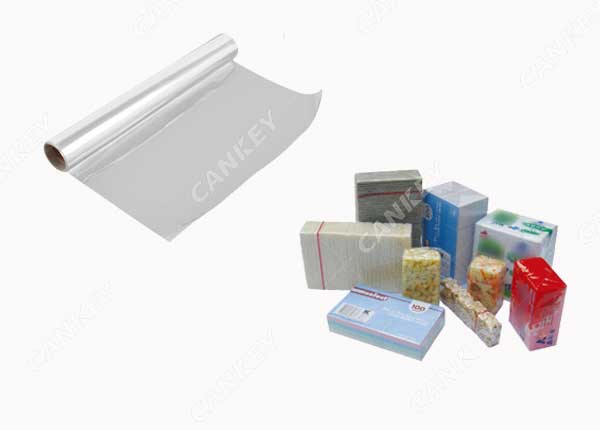What is cellophane?
Cellophane is a regenerated cellulose film with high transparency and gloss. Quantitative 30~60g/㎡. Colorless, can be dyed in various colors. The texture is soft, transparent and smooth, non-porous, airtight, oil-tight, and watertight. It has moderate stiffness, good tensile strength, gloss and printability. Using refined chemical wood pulp or cotton linter dissolving pulp with high α-cellulose content as raw material, alkali cellulose is obtained by alkalization (18% sodium hydroxide), pressing, crushing and other processes. After aging, carbon disulfide is added to make it yellow into vitamin xanthate, which is dissolved with sodium hydroxide solution to make orange-yellow cellulose viscose. The viscose is aged at a temperature of 20-30 °C, and is filtered to remove impurities and remove air bubbles. Then it is extruded in a long and narrow gap in the film drawing machine, it flows into a coagulation bath of a mixed solution of sulfuric acid and sodium sulfate to form a film (regenerated cellulose film). After washing, desulfurization, bleaching, desalination and plasticization (glycerol and ethylene glycol, etc.), etc., it is finally dried to make a film.

What is cellophane wrap used for?
There is a wonderful micro-breathability in the molecular chain of cellophane, It allows the product to breathe like an egg through the pores on the egg skin, This is very beneficial to the freshness and preservation activity of the commodity. Strong resistance to oily, alkaline and organic solvents. No static electricity, no self-absorption of dust. It is widely used in the lining paper and decorative packaging paper of commodities. Its transparency makes people see the goods inside at a glance, and it has the properties of moisture-proof, water-tight, air-tight, heat-sealable, etc., which plays a good role in protecting the goods. Compared with ordinary plastics, it has the advantages of no static electricity, dustproof, and good kink resistance. Cellophane can not be deformed at a high temperature of 190 ℃, and can be sterilized together with food in food packaging.